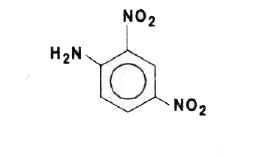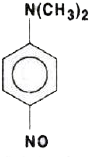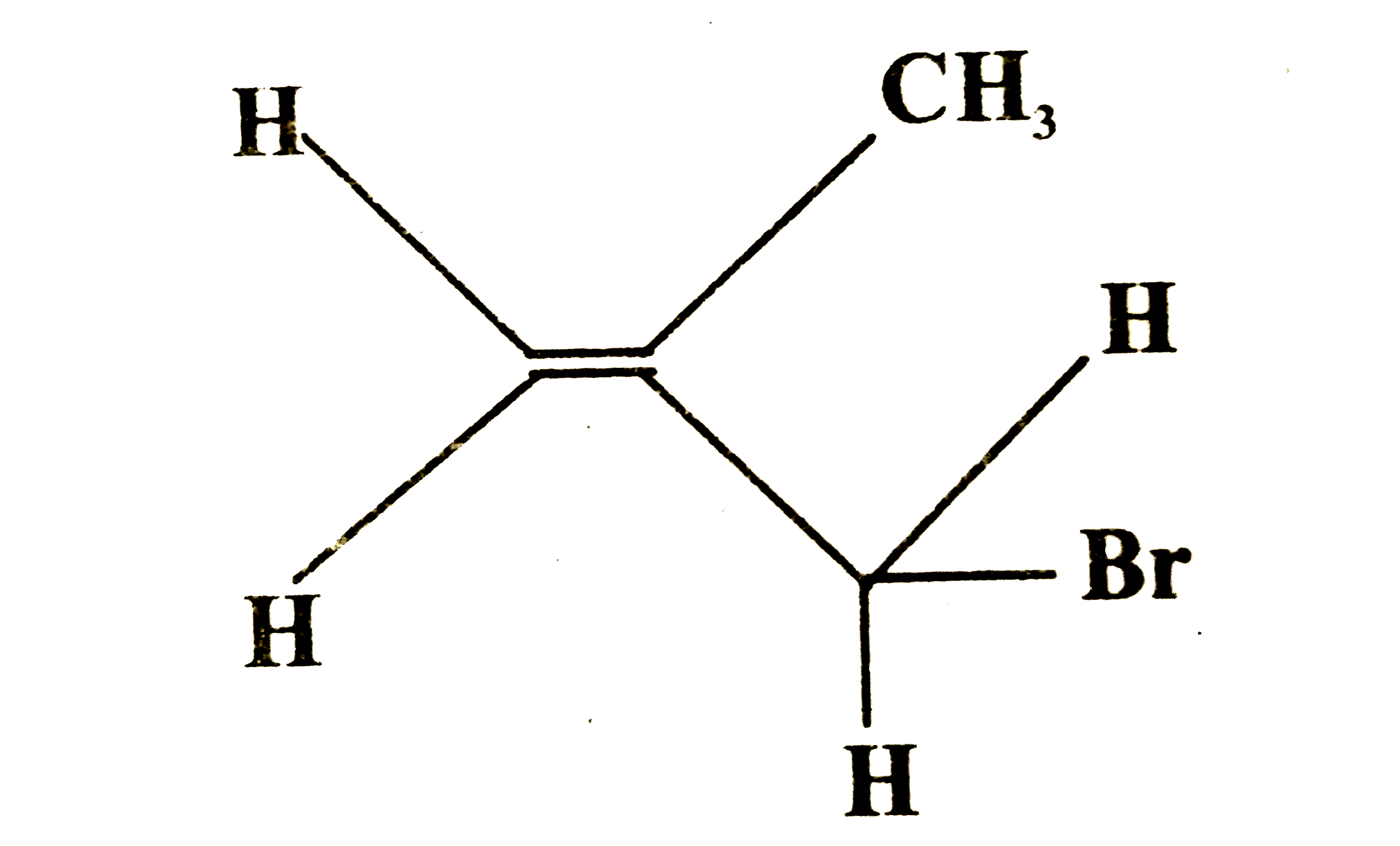Write the structure and IUPAC names of the following compounds:
Neopentane
To write the structure and IUPAC name of neopentane, we can follow these steps:
Step 1: Identify the Base Structure
Neopentane is a branched alkane. The base structure is derived from pentane, which has five carbon atoms.
Step 2: Draw the Structure
Neopentane has a unique structure where four methyl groups are attached to a central carbon atom. The structure can be represented as follows:
CH3|CH3−C−CH3|CH3
In this structure:
- There are a total of 5 carbon atoms.
- The central carbon is bonded to four methyl (CH3) groups.
Step 3: Count the Carbon Atoms
Count the number of carbon atoms in the main chain:
- The central carbon (C) is counted as one.
- Each of the four methyl groups (CH3) contributes one carbon atom.
Total: 5 carbon atoms.
Step 4: Determine the Main Chain
To name the compound, we identify the longest continuous carbon chain. In neopentane, the longest chain consists of three carbon atoms (the central carbon and two of the methyl groups).
Step 5: Identify Substituents
The two methyl groups attached to the second carbon of the main chain are considered substituents.
Step 6: Write the IUPAC Name
The IUPAC name is derived from the following:
- The main chain has 3 carbon atoms, which is called "propane."
- There are two methyl groups at the second carbon, which is denoted as "2,2-dimethyl."
Putting it all together, the IUPAC name for neopentane is:
2,2-dimethylpropane
Summary
- Structure of Neopentane:
CH3|CH3−C−CH3|CH3
- IUPAC Name: 2,2-dimethylpropane
---
Neopentane is a branched alkane. The base structure is derived from pentane, which has five carbon atoms.
Neopentane has a unique structure where four methyl groups are attached to a central carbon atom. The structure can be represented as follows:
- There are a total of 5 carbon atoms.
- The central carbon is bonded to four methyl (CH3) groups.
Count the number of carbon atoms in the main chain:
- The central carbon (C) is counted as one.
- Each of the four methyl groups (CH3) contributes one carbon atom.
To name the compound, we identify the longest continuous carbon chain. In neopentane, the longest chain consists of three carbon atoms (the central carbon and two of the methyl groups).
The two methyl groups attached to the second carbon of the main chain are considered substituents.
The IUPAC name is derived from the following:
- The main chain has 3 carbon atoms, which is called "propane."
- There are two methyl groups at the second carbon, which is denoted as "2,2-dimethyl."
2,2-dimethylpropane
- Structure of Neopentane:
CH3|CH3−C−CH3|CH3
- IUPAC Name: 2,2-dimethylpropane
Topper's Solved these Questions
- BOOK - ICSECHAPTER - ORGANIC CHEMISTRY : SOME BASIC PRINCIPLES AND TECHNIQUES EXERCISE - SHORT ANSWER TYPE QUESTIONS110videos
ORGANIC CHEMISTRY : SOME BASIC PRINCIPLES AND TECHNIQUES
- BOOK - ICSECHAPTER - ORGANIC CHEMISTRY : SOME BASIC PRINCIPLES AND TECHNIQUES EXERCISE - ESSAY ( LONG ANSWER ) TYPE QUESTIONS42videos
ORGANIC CHEMISTRY : SOME BASIC PRINCIPLES AND TECHNIQUES
- BOOK - ICSECHAPTER - ORGANIC CHEMISTRY : SOME BASIC PRINCIPLES AND TECHNIQUES EXERCISE - REVIEW EXERCISES176videos
ORGANIC CHEMISTRY : SOME BASIC PRINCIPLES AND TECHNIQUES
- BOOK - ICSECHAPTER - HYDROGENEXERCISE - NCERT TEXT-BOOK EXERCISE (With Hints and Solutions)53videos
HYDROGEN
- BOOK - ICSECHAPTER - REDOX REACTIONS (OXIDATION AND REDUCTION)EXERCISE - NCERT TEXT-BOOK. EXERCISES ((With Hints and Solutions)69videos
REDOX REACTIONS (OXIDATION AND REDUCTION)
Similar Questions
Write IUPAC names of the following compounds:
 View Solution
View SolutionWrite IUPAC names of the following compounds:
 View Solution
View SolutionWrite the structure and IUPAC names of the following compounds:
IsobutaneView SolutionWrite IUPAC names of the following compounds :
 View Solution
View SolutionWrite IUPAC names of the following compounds :
 View Solution
View SolutionWrite IUPAC names of the following compounds :
 View Solution
View SolutionWrite IUPAC name of the following compounds:
 View Solution
View SolutionWrite the IUPAC name of the following compounds:
 View Solution
View SolutionWrite the IUPAC names of the following compounds:
 View Solution
View SolutionWrite the IUPAC names of the following compounds:
 View Solution
View Solution

